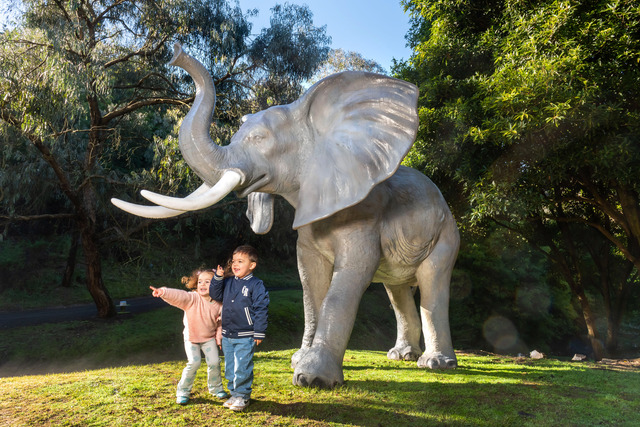Endangered bandicoots are thriving in parts of Melbourne’s fringe, with numbers of the marsupial also found in Cranbourne.
That’s according to a surprising new study from Deakin University, recently published in the Biological Conservation journal.
Scientists from Deakin’s Centre for Integrative Ecology set up traps to monitor numbers of southern brown bandicoots in parts of residential and farm land between Koo Wee Rup and Bunyip, south-east of Melbourne.
Lead researcher Sarah Maclagan, a Deakin School of Life and Environmental Sciences PhD candidate, said the area had once been the largest swamp in Victoria, before being drained to form agricultural land in the 1870s.
“There’s only about five per cent of the natural vegetation left, and most of this is concentrated in narrow linear strips along drainage channels, roads and railway lines,” Ms Maclagan said.
“They’re also full of weeds, but these strips seem to be really important habitat for bandicoots.”
Ms Maclagan said she was amazed to find a higher density of bandicoots within these small areas than in protected native habitat in the nearby Royal Botanic Gardens at Cranbourne and on Quail Island Nature Conservation Reserve.
“We also looked at the body condition of the ‘urban’ animals and found that this was the same as those captured in the reserves,” she said.
“Their breeding rate was steady too, and two thirds of the animals could be classified as ‘residents’ of the novel sites, meaning they were observed there across multiple seasons and weren’t just passing through.
“So it’s a weird situation where you’ve got weed infested roadsides harbouring an endangered mammal.”
Ms Maclagan said new food sources were available in residential areas.
“I’ve spoken to lots of local landholders who have bandicoots regularly coming to eat food intended for pets or domestic animals (like pigs and chickens). They’re very opportunistic eaters.”
The Deakin study showed novel habitats could sometimes provide valuable conservation opportunities for certain species, she added.
“We should take advantage of these opportunities whenever they arise, and not just assume that wildlife can’t do well in habitats altered by humans.”







